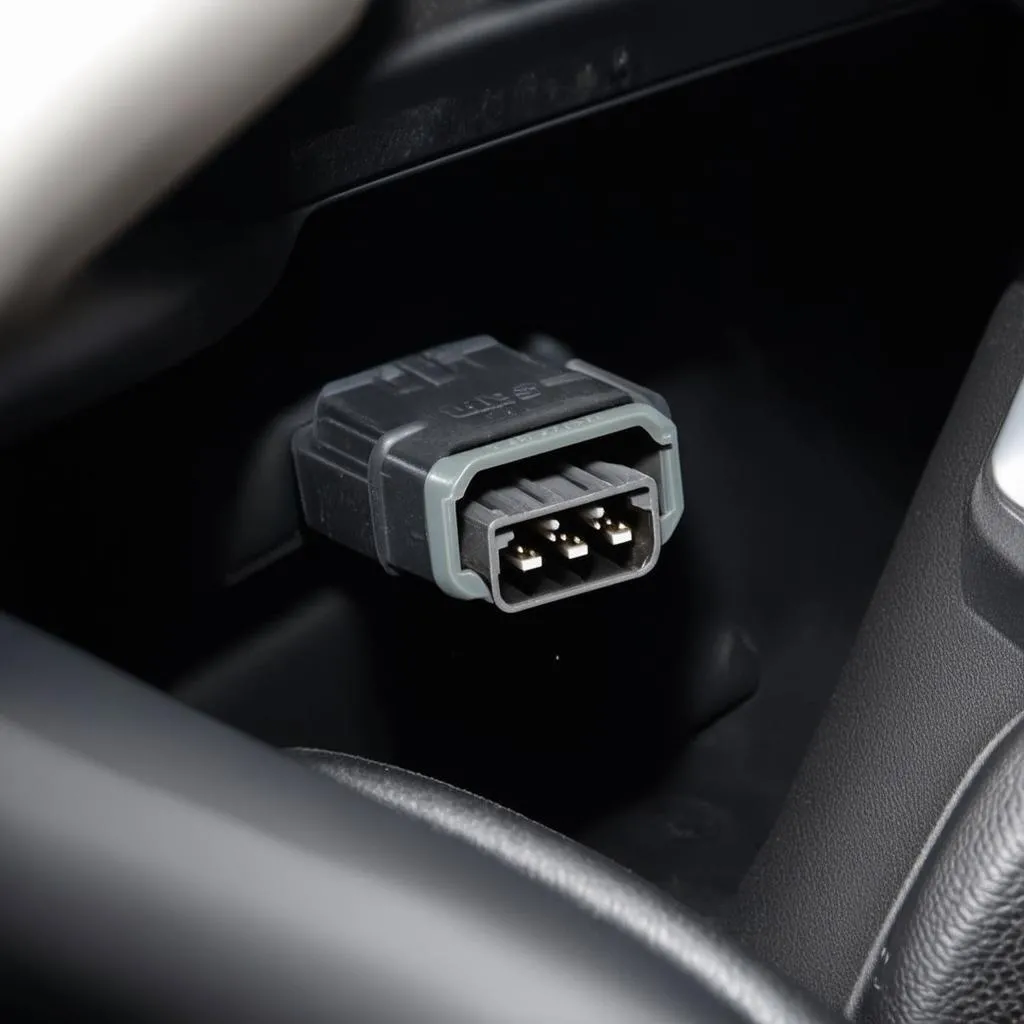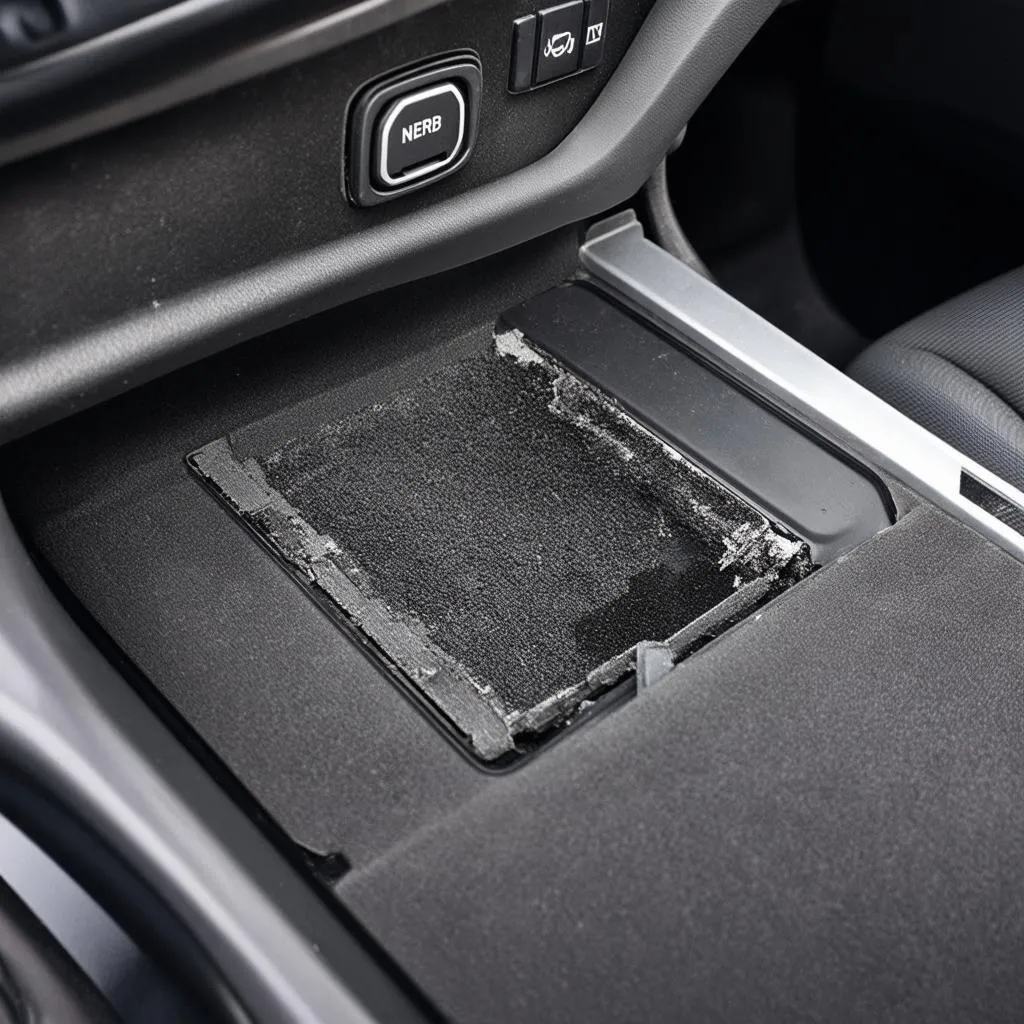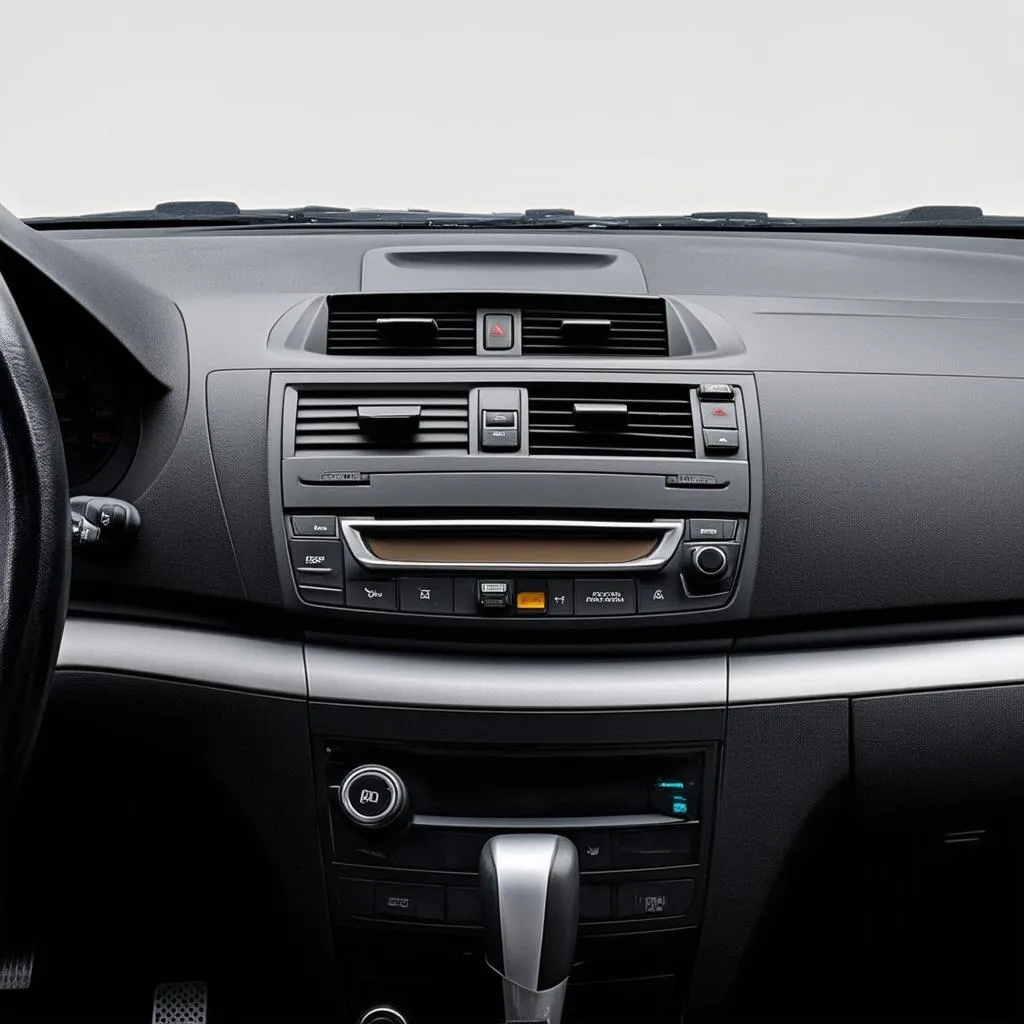You’ve just bought a 2009 Honda Accord and you need to access the OBD II port for diagnostics or repairs. You’ve heard that it’s tucked away behind a panel, and you’re wondering how to remove it safely without damaging anything. Well, you’ve come to the right place! In this comprehensive guide, we’ll walk you through the process of removing the panel that houses the OBD II port on your 2009 Honda Accord.
Why Do You Need to Remove the Panel?
The OBD II port is a crucial part of your car’s diagnostic system. It allows mechanics and technicians to access and read your car’s computer systems, which can help them diagnose and fix problems. It’s also used by car owners to access their car’s information, such as fuel economy and engine performance data. In the case of the 2009 Honda Accord, the OBD II port is located behind a panel, which might seem inconvenient, but it’s there for good reason. It’s a way to keep it protected from dirt, debris, and damage.
How to Remove the Panel
Tools You Will Need
Before we begin, you will need a few basic tools to make the process smooth:
- Small Flathead Screwdriver: For gently prying the panel loose.
- Plastic Trim Removal Tool: This helps prevent scratching the panel and the surrounding trim.
Step-by-Step Guide
- Locate the OBD II port: It’s usually located under the dashboard, near the driver’s side knee.
- Identify the Panel: It’s typically a small rectangular panel, usually black or gray in color.
- Start with the Side: Locate the side edges of the panel and look for small tabs or clips that hold it in place.
- Gently Pry: Using your plastic trim removal tool or a flathead screwdriver, gently pry along the side edge of the panel to release the clips. Don’t force it! If you feel resistance, check for any additional clips or tabs you might have missed.
- Repeat on the Other Side: Do the same on the other side of the panel.
- Gently Pull Away: Once all clips are released, you should be able to carefully pull the panel away from the dashboard.
Important Safety Tips
- Be Gentle: Remember, you are working with plastic parts, so use caution and avoid excessive force.
- Avoid Scratches: The plastic trim tool or a flathead screwdriver covered with tape can help prevent scratching.
- Work in a Well-Lit Area: Ensure good lighting to avoid missing any crucial clips or tabs.
What if the Panel Won’t Come Out?
If you find yourself struggling to remove the panel, there might be a few reasons:
- Hidden Clips: There might be hidden clips that are not immediately visible. Carefully check the entire perimeter of the panel.
- Stuck Clips: Sometimes, clips can become stuck or damaged. You might need to use a little more force, but always exercise caution to avoid breaking the panel.
- Check Your Vehicle Manual: Consult your Honda Accord owner’s manual for specific instructions and diagrams.
FAQs
Q1: What happens if I damage the panel while removing it?
A1: “In the worst case, you might have to replace the panel, but you can usually find replacements online or at your local auto parts store. It’s best to be careful, though!” – David Thompson, Automotive Technician, “Advanced Auto Repair”
Q2: What else can I use the OBD II port for?
A2: “Besides diagnostics, you can use the OBD II port to read your car’s performance data, monitor fuel efficiency, reset warning lights, and even reprogram the engine control unit (ECU) for better performance.” – Sarah Lewis, Automotive Expert, “The Ultimate Car Guide”
Q3: What are some other common problems with the 2009 Honda Accord?
A3: “Common issues on this model year include problems with the transmission, the electrical system, and the engine. A well-maintained Honda Accord should be reliable, but it’s always a good idea to stay on top of regular maintenance!” – Jim Wilson, Automotive Engineer, “Car Mechanics 101”
Tips for Maintaining Your OBD II Port
- Keep it clean: Use a soft-bristled brush or a compressed air can to remove dust and dirt.
- Avoid harsh chemicals: Don’t use harsh cleaning agents or solvents, as they could damage the port.
- Don’t Force It: Always be gentle when plugging in or unplugging diagnostic tools.
Conclusion
Removing the panel to access the OBD II port on your 2009 Honda Accord is a simple task once you know the right steps. By following these guidelines, you can easily remove the panel without damaging it. If you have any questions or need further assistance, don’t hesitate to contact us. We’re here to help!
 OBD II Port in a Car
OBD II Port in a Car
 2009 Honda Accord OBD II Port
2009 Honda Accord OBD II Port
 2009 Honda Accord Dashboard
2009 Honda Accord Dashboard